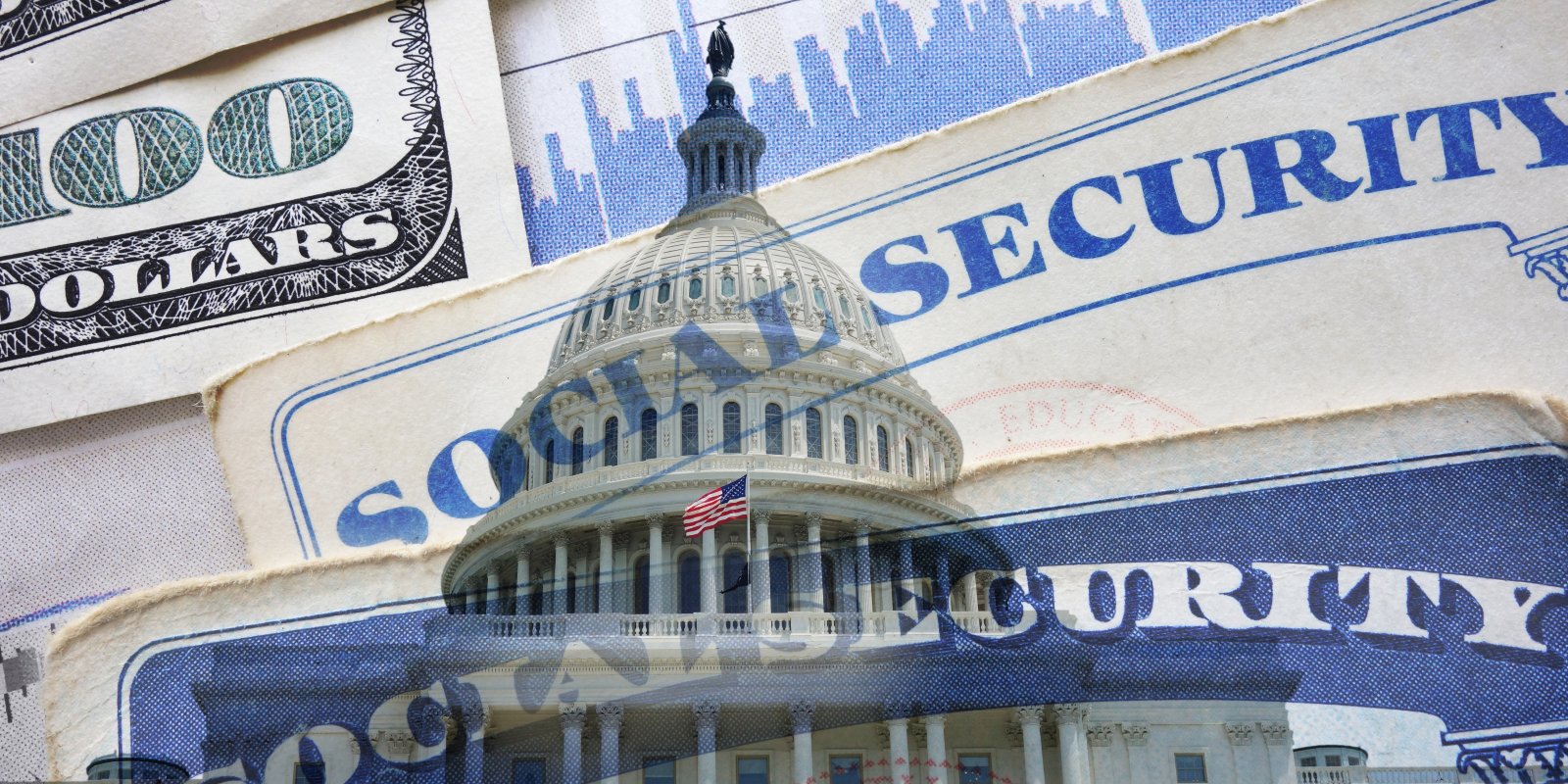THE SELECTIVE SERVICE RUNS THE DRAFT: WHAT YOU NEED TO KNOW ABOUT IT

Advertisement
The U.S. Selective Service System is a name most of us know, especially the young men of the country. They’re known as the organization that’s responsible for the U.S. military draft. Opinions on the draft are pretty much everywhere, and there’s talk of changing it, whether that be banning it altogether or making women register, too. Existing debate aside, the Selective Service has an important mission and vision you should probably read up on if you haven’t already.
Read next: Army Basic Training: Everything You Need to Know
 Now that you know the answers to a few key questions like, “What is Selective Service System?” and “What was the Selective Service Act?” you can go into your draft registration with a full arsenal of knowledge and history behind your decision to register. Though the Selective Service for this country has had its issues, it’s still a vital and necessary service if, God forbid, we find ourselves in another international conflict without enough troops to be successful in defending ourselves and our allies.
Suggested read: Air Force Basic Training: Everything You Need to Know
Now that you know the answers to a few key questions like, “What is Selective Service System?” and “What was the Selective Service Act?” you can go into your draft registration with a full arsenal of knowledge and history behind your decision to register. Though the Selective Service for this country has had its issues, it’s still a vital and necessary service if, God forbid, we find ourselves in another international conflict without enough troops to be successful in defending ourselves and our allies.
Suggested read: Air Force Basic Training: Everything You Need to Know
What Is the Selective Service Agency?
So we all know that the military draft is run and managed by the Selective Service, but what is Selective Service – the institution behind the draft? The Selective Service System was first developed in 1917, more recently than many people think. It was signed into creation through the Selective Service Act by President Woodrow Wilson on May 18 of 1917. It managed to induct roughly 2.8 million men into the U.S. Armed Forces, and it initially targeted men from ages 21 to 30. Does the year 1917 ring a bell to you? The First World War went from July 28, 1914, to November 11, 1918, so the Selective Service was created in direct response to the worldwide conflict we’re all too familiar with.Their Vision and Mission
The Selective Service Agency aims to maintain a system that quickly and efficiently provides the DoD with ready and able military personnel in an equitable way while also offering a fair alternative system for conscientious objectors to serve in different ways.Advertisement
What Is the Selective Service System Structure?
Their system comprises a National HQ, three Regional HQs, a Data Management Center, 2,000 local and appeal boards, 124 full-time employees, and roughly 11,000 volunteer board members across the nation. The nation is broken up into three zones for the purposes of the draft:- Zone I: Northeastern U.S.
- Zone II: Southeastern U.S.
- Zone III: Middle, Western, and Northwestern U.S. (including Alaska, Hawaii, Guam, and the Northern Mariana Islands)
Do I Have To Register for the Draft?
Currently, all men in the U.S. are required to register with the Selective Service within 30 days of their 18th birthday, the current official military draft age. According to the Selective Service website, non-binary and transgender people are also required to register if they were assigned male at birth. Clergymen, disabled men, undocumented men, and sole surviving men providing the only source of support for their families are also all required to register with the Selective Service. Virtually every man in the country is required to register with the Selective Service. Once you turn 26, it’s too late to register for the draft. If you turn 26 and haven’t registered, you may be prosecuted, convicted, and imprisoned for up to five years, as not registering is considered a felony. You may also be fined $250,000 for not registering. Even if legal action is not taken against you, you may be denied financial aid, federal job training, and any form of federal employment.How To Register for Selective Service
You can register by visiting the Selective Service System website and providing a valid Social Security Number, using the printable registration form, or completing SSS Form 1 at your local post office. You’ll be asked to provide your full name, permanent address, SSN, and email. If you need to verify your registration, you can visit the previously-linked page and click “Verify Registration,” after which you’ll be asked to provide your information. If you have issues with registration verification, you’re asked to call the Selective Service System at 1 (888) 655-1825.Advertisement
How Do Military Drafts Work?
If there’s a crisis that requires a larger number of military personnel to keep the nation and our allies safe, a draft will be enacted. The Selective Service will begin the draft with a sequence that is determined by random draw, and draftees will be chosen by birth year, then by the month and day. For example, the number 1 would represent January, 2 would stand for February, 3 for March, and so on and so forth. The numbers would literally be drawn like a lottery on television. After you’re drafted, you’ll be told where to report to, where you’ll then be assessed for moral aptitude and mental and physical fitness. After you’re assessed, you’ll either be deferred or exempted or inducted into the American Armed Forces. The most recent draft was in 1973 at the end of the Vietnam War. During the Vietnam War, from 1964 to 1973, more than 1.8 million men were drafted into the military. During the 1970 draft for the Vietnam War, men born in 1951 were chosen first. Then, 125 birthdays within that year were randomly chosen to go into the military. The Vietnam Draft was met with a lot of criticism during its time, as it was alleged that the majority of men ultimately chosen to serve were poor, working-class men, men of color, or men from rural areas. Men from more affluent backgrounds were often exempted or deferred.Why Should You Care?
The Selective Service has been met with a lot of criticism throughout the years, and much of this criticism revolves around fairness and equity. However, in a perfect world with unbiased draft decisions and legislation, the Selective Service is actually really important for our nation. Aside from the fact that it’s illegal not to register and can lead to serious problems for your future, the draft allows our nation to maintain one of the top forces in the world and ensures the protection of America and her citizens, not to mention all of our allies. Many see draft registration as a civic duty, and this is highlighted in the current 90% registration compliance rate in the nation today.The Final Scoop
 Now that you know the answers to a few key questions like, “What is Selective Service System?” and “What was the Selective Service Act?” you can go into your draft registration with a full arsenal of knowledge and history behind your decision to register. Though the Selective Service for this country has had its issues, it’s still a vital and necessary service if, God forbid, we find ourselves in another international conflict without enough troops to be successful in defending ourselves and our allies.
Suggested read: Air Force Basic Training: Everything You Need to Know
Now that you know the answers to a few key questions like, “What is Selective Service System?” and “What was the Selective Service Act?” you can go into your draft registration with a full arsenal of knowledge and history behind your decision to register. Though the Selective Service for this country has had its issues, it’s still a vital and necessary service if, God forbid, we find ourselves in another international conflict without enough troops to be successful in defending ourselves and our allies.
Suggested read: Air Force Basic Training: Everything You Need to KnowAdvertisement
SHARE:



